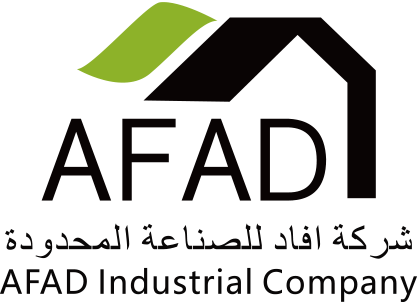Where is "ultra white glass" more expensive than "ordinary glass"?
In the huge glass family, there is a class of glass crystal clear, high-grade and elegant, known as the "glass aristocrat", it is the super white glass.
1
Characteristics of super white glass
Ultra white glass is a kind of ultra-transparent low-iron glass, also known as low-iron glass, highly transparent glass. It has superior physical, mechanical and optical properties, and can be manufactured with other high-quality float glass in a variety of deep processing.
1, crystal texture, face value: super white glass is very good permeability, crystal texture, face value is super high, can be more close to the needs of designers, and the perfect integration of architectural design.
2, low self-explosion rate: Generally speaking, ultra-white glass raw materials contain less NiS and other impurities, in the raw material melting process is more carefully controlled, compared to ordinary glass has a more uniform composition, which greatly reduces the tempered may be self-exploded after the chance.
3, color consistency: ultra-white glass raw materials in the iron content of only one-tenth of ordinary glass or even lower, its green band of visible light in the absorption of less, thus ensuring the consistency of the glass color.
4, high transmittance of visible light, good permeability: the general transmittance of ordinary glass is about 80%, 6mm thickness of ultra-white glass has a 91% transmittance of visible light, like crystal-like crystal. In addition, high transmittance also effectively reduces light refraction and reflection, not only to reduce light pollution, but also between the glass inside and outside the object does not produce color difference and deformation, enhance the authenticity.
5, high technical content, with a strong profitability: the technical content of super white glass is relatively high, production control is difficult, with a strong profitability. Higher quality also determines its price, the current price of ultra-white glass is 1~2 times of ordinary glass, the technical barriers are relatively high.
2
Ultra-white glass product type and process
Product type: According to different processes, it can be divided into ultra-white calendered glass and ultra-white float glass.
1、Ultra-white calendered glass: ultra-white glass produced by calendering process can be divided into solar ultra-white calendered glass (solar substrate glass) and ultra-white transparent flat glass.
Advantages: ultra-white calendered glass has a high solar transmittance, low absorption, high reflectivity, high strength, resistance to solar ultraviolet radiation without loss of transmittance and other characteristics.
2、Ultra-white float glass: ultra-white glass produced by the float process is a new type of high-quality, multi-functional high-grade glass varieties.
Advantages: ultra-white float glass transparency, light transmittance, strength, flatness and self-explosion rate are better than ordinary glass, in addition, it can be applied to the production of thin-film batteries, lower than the cost of polycrystalline silicon batteries, is more suitable for building facades.
Second, the process: ultra-white glass can be like other float glass for a variety of deep processing, such as tempering, bending, laminating, hollow assembly.
Solar ultra-white calendered glass process
Raw piece production: batching→melting→clarification→pressing→annealing→cutting→semi-finished product inspection→semi-finished product packing→semi-finished product storage.
Finishing: semi-finished products→finishing cut→grinding→cleaning→continuous tempering→finished product inspection→product packaging→product warehouse.
Ultra-white float glass process
Original piece production: batching→melting→clarification→tin bath→annealing→defect detection→longitudinal and transverse cutting→original glass plate→warehousing.
Coating: Glass original plate → Cleaning → Ion source cleanliness and activity → Magnetron sputtering coating → On-line inspection → Finished product packaging → Storage.
Tempering: glass original → cutting → grinding and drilling → cleaning and drying → tempering → finished product inspection → product packaging → product out of warehouse.
Translated with DeepL.com (free version)
Related News






